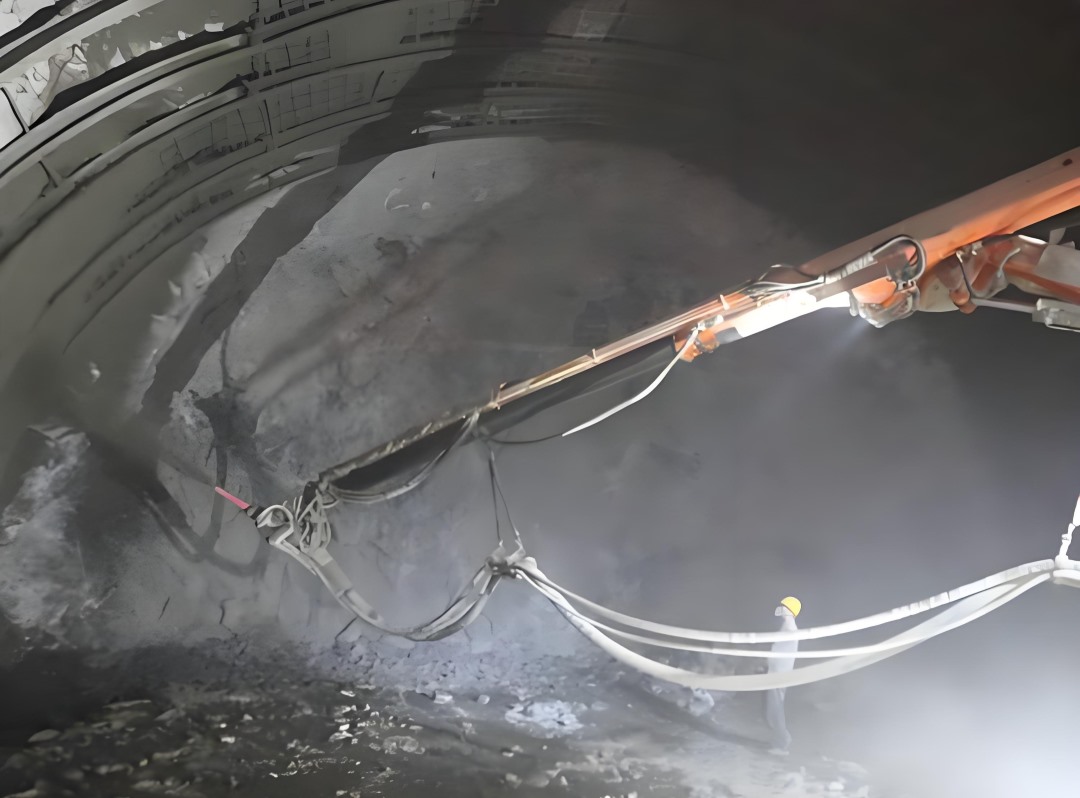What are the common reasons for high concrete rebound rate? High concrete rebound rate is usually the result of multiple factors. The following are several common reasons:

1. Improper water-cement ratio: If the water-cement ratio is too large, the bonding force of the concrete will be weakened, and it is easy to produce more rebound during the spraying process. On the contrary, a reasonable water-cement ratio can make the concrete adhere better to the sprayed surface and reduce rebound.
2. Unreasonable spraying parameter settings:
① Spraying angle and distance: Non-optimal spraying angle (deviation from 90 degrees) or wrong distance setting will affect the impact force and dispersion of concrete, resulting in increased rebound.
② Spraying speed: Too fast spraying speed will also increase the rebound probability of concrete because it reduces the contact time and bonding opportunity between concrete and substrate.
3. Fluidity of concrete mixture: If the slump of concrete is too large and the fluidity is too strong, it is difficult to form a compact layer during spraying, which is easy to cause rebound; on the contrary, if the slump is too small and the fluidity is insufficient, the concrete is not easy to spread, which will also affect the adhesion effect.
4. Poor equipment maintenance: If the wet spraying manipulator or other spraying equipment is not well maintained, such as the pumping system is blocked, the nozzle is seriously worn, and other problems may affect the spraying effect, resulting in an increase in the rebound rate of concrete.
5. Operator skills and experience: Lack of well-trained operators may lead to unstable spraying techniques, such as improper spraying path and rhythm, which are one of the factors causing high rebound rate.
6. Construction environment conditions: Extreme temperature and humidity changes may affect the performance of concrete. For example, in an overly humid environment, the evaporation of water in the concrete slows down, affecting the bonding effect; in an extremely hot environment, the concrete may harden prematurely, affecting its adhesion ability.
7. Improper base treatment: If the surface of the base is not cleaned or there is oil or dust, the concrete cannot adhere to it firmly, resulting in an increase in the rebound rate.
For the above possible reasons, taking corresponding preventive measures and improvement measures, such as optimizing the batching scheme, standardizing the operating procedures, regularly maintaining the equipment, and providing employee training, are all effective ways to reduce the rebound rate of concrete.




